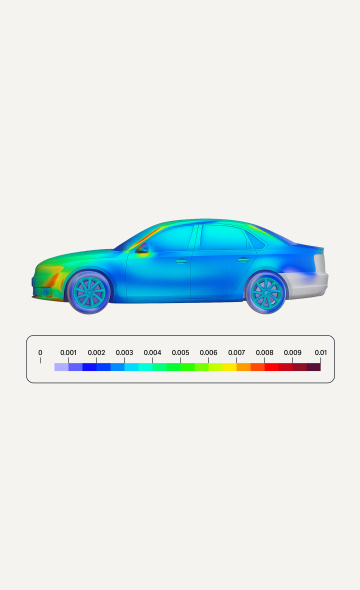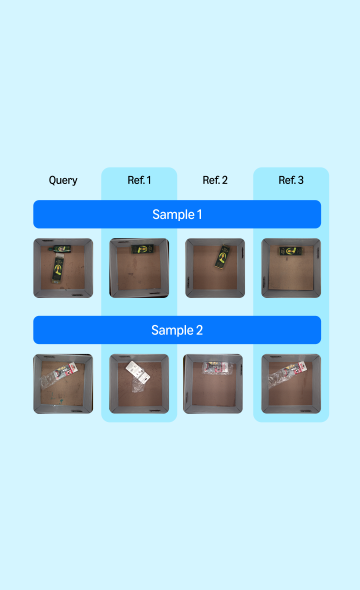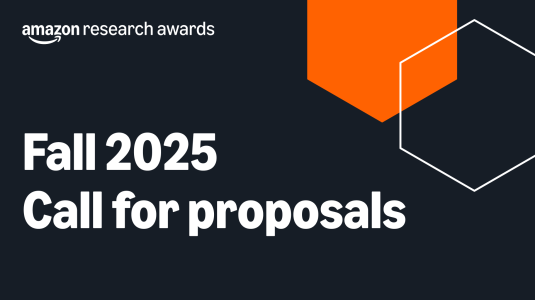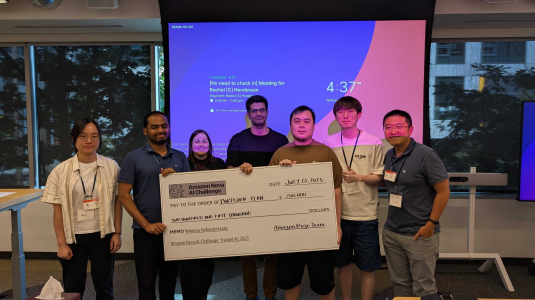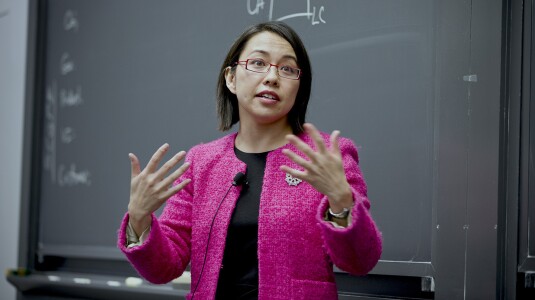Customer-obsessed science


Research areas
-
September 2, 2025Audible's ML algorithms connect users directly to relevant titles, reducing the number of purchase steps for millions of daily users.
-
Featured news
-
We present an autonomous framework that leverages Large Language Models (LLMs) to automate end-to-end business analysis and market report generation. At its core, the system employs specialized agents - Researcher, Reviewer, Writer, and Retriever - that collaborate to analyze data and produce comprehensive reports. These agents learn from real professional consultants' presentation materials at Amazon through
-
IROS 20252025We present and tackle the problem of Embodied Question Answering (EQA) with Situational Queries (S-EQA) in a household environment. Unlike prior EQA work tackling simple queries that directly reference target objects and properties ('What is the color of the car?'), situational queries (such as 'Is the house ready for sleeptime?') are challenging as they require the agent to correctly identify multiple
-
2025Text style transfer in enterprise environments presents unique challenges that extend beyond traditional style transfer approaches, particularly when dealing with complex technical documentation and strict organizational guidelines. This paper introduces Onoma, a novel enterprise-scale style transfer system that addresses the fundamental challenges of maintaining consistent brand voice while preserving
-
SAC 20252025AES-GCM has seen great adoption for the last 20 years to protect data in various use-cases because of its optimal performance. It has also posed some challenges to modern applications due to its nonce, block size, and lack of key commitment. Nonce-derived schemes address these challenges by deriving a different key from random values and using GCM with the derived key. In this work, we explore efficient
-
IEEE 2025 Workshop on Machine Learning for Signal Processing (MLSP)2025In this paper we investigate cross-lingual Text-To-Speech (TTS) synthesis through the lens of adapters, in the context of lightweight TTS systems. In particular, we compare the tasks of unseen speaker and language adaptation with the goal of synthesising a target voice in a target language, in which the target voice has no recordings therein. Results from objective evaluations demonstrate the effectiveness
Conferences
Collaborations
View allWhether you're a faculty member or student, there are number of ways you can engage with Amazon.
View all













